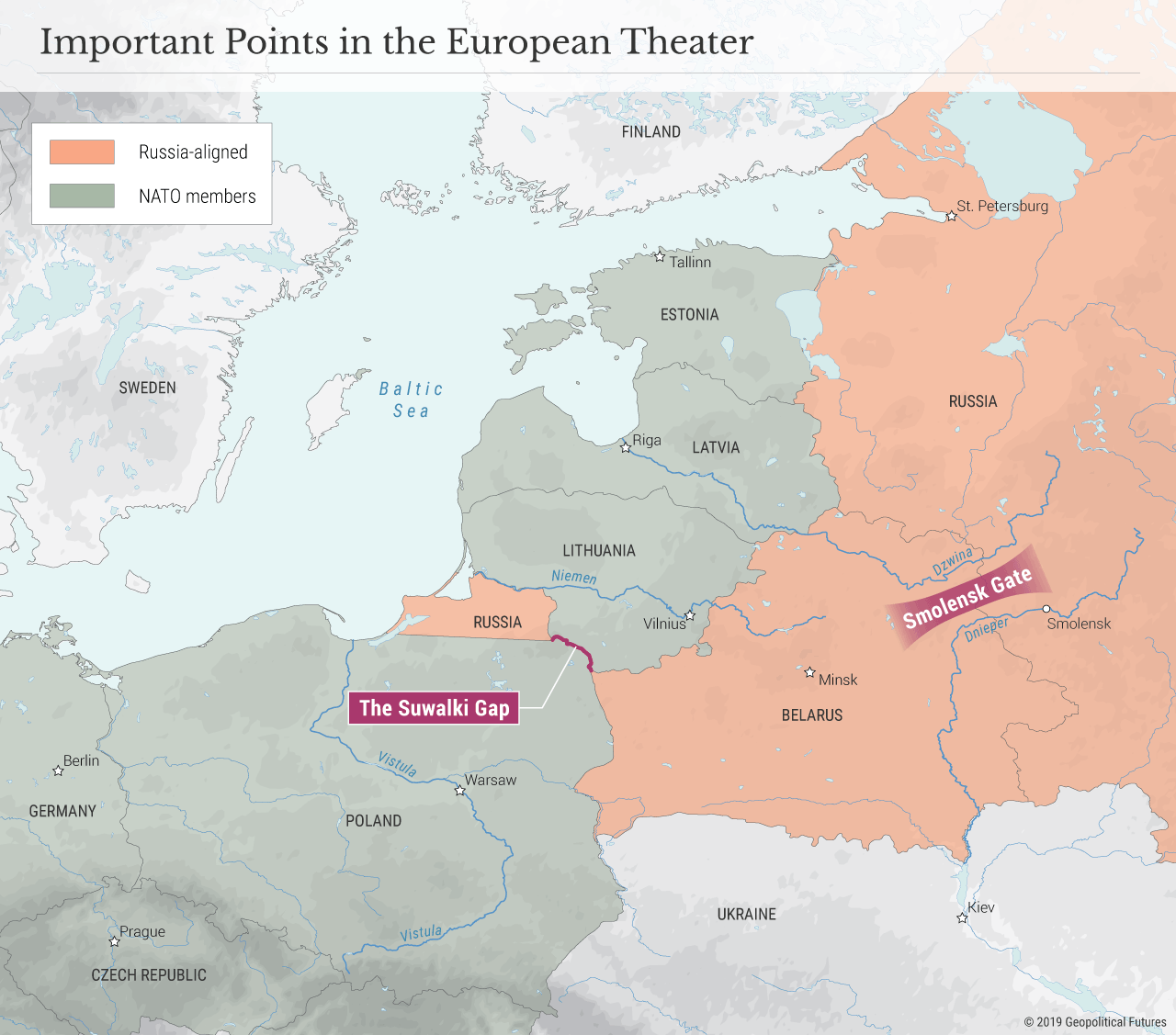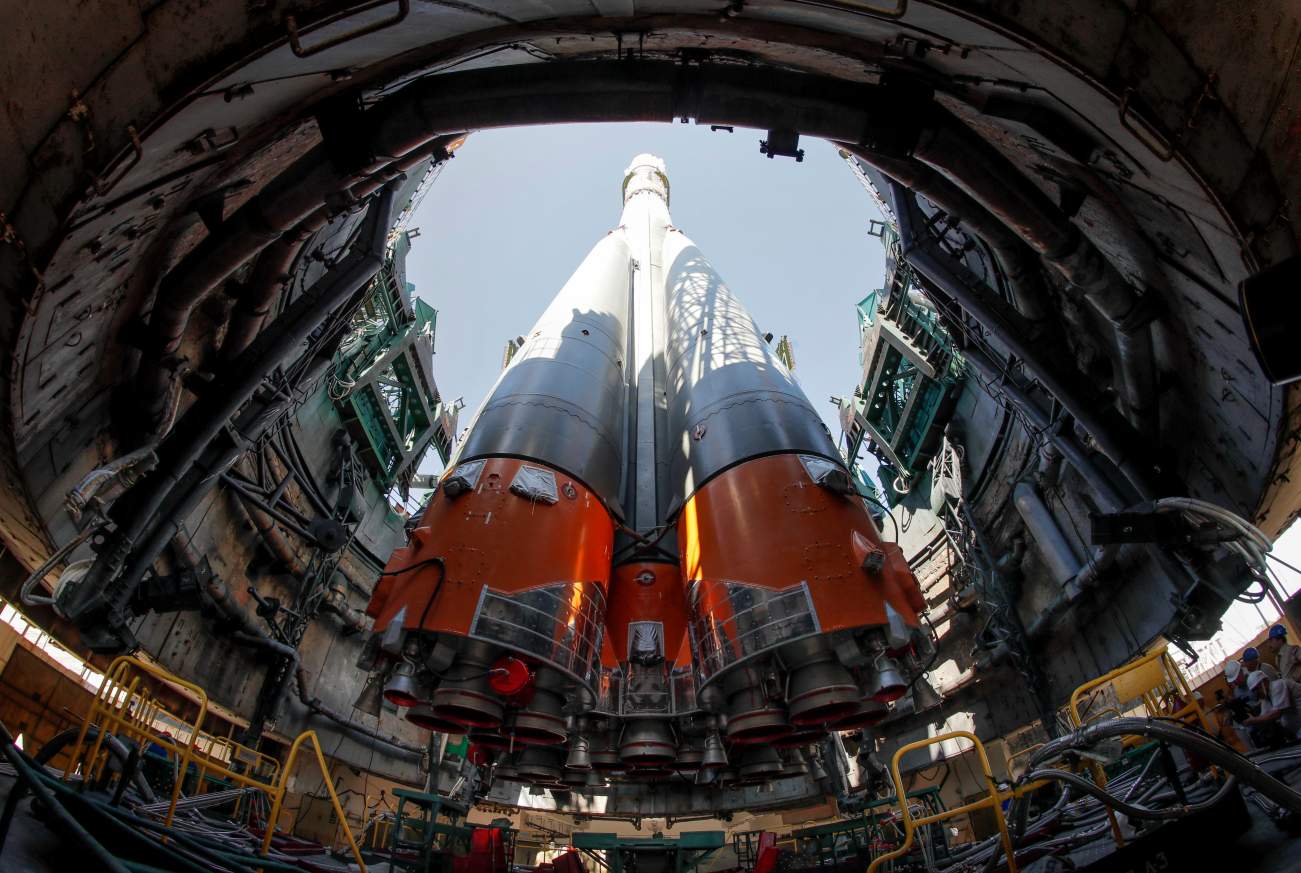By Priyanka Pandit
The recently-held informal summit between the Chinese President Xi Jinping and Indian Prime Minister Narendra Modi included an announcement about the setting up of a high-level economic and trade dialogue mechanism to discuss issues related to trade imbalances, investment, and services. The high-level trade-centric mechanism comes as no surprise given the galloping trade deficit between the two countries and the pending status of the Regional Comprehensive Economic Partnership Agreement (RCEP) negotiations since 2012.
For the past few years, New Delhi has been highly vocal about its rising trade deficit and the high tariff barriers that the Indian companies face in certain Chinese items and sectors. For example, in its submission to the World Trade organisation (WTO) last year, India complained that the trade deficit with China was becoming “unsustainable” and that the Indian products such as farm produce and meat face entry restrictions from Chinese regulatory policies despite the protocols in place. Besides the market access issues, New Delhi has flagged the concerns over the stringent Chinese visa regime preventing the Indian professionals to travel and work in China for longer durations.















